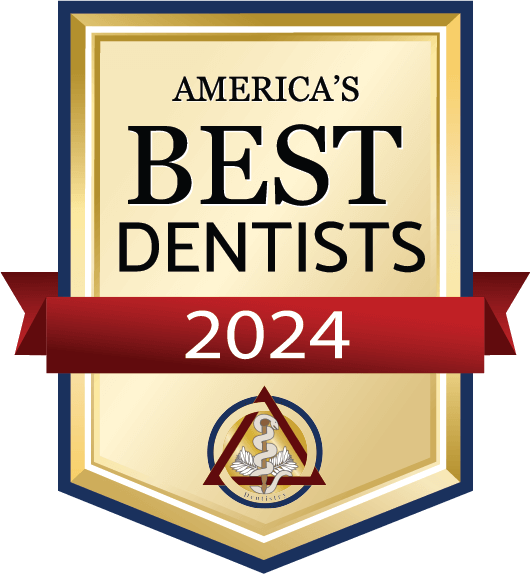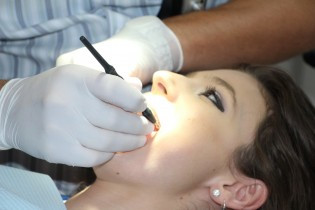
Dental X-Rays

Dental x-rays help determine the underlying health of your teeth. We are often asked are x-rays needed? The answer is, “it depends”. Are you a child or adult? Are you pregnant? Do you have a history of cavities? What is your overall dental health? At Enterprise Dental Care, we’ll discuss your dental health status with you, so you can make an informed decision.
As Low As Reasonably Achievable
Drs. Granger and Clark subscribe to the ALARA or the As Low As Reasonably Achievable Principle of x-ray imaging. They take precautions to help ensure that:
- All X-ray exposures are justified in relation to their benefits;
- Necessary exposures are kept as low as reasonably achievable
- The doses received by patients and personnel are kept well below the allowable limits.
Enterprise Dental Care also follows the guidelines of the “Image Gently Campaign” which expands on the ALARA Principles by encouraging “child size” radiographic examinations for children. The guidelines include select X-rays for individual needs; use the fastest image receptor available; use cone-beam CT (CBCT) only when necessary; collimate the beam to the area of interest; use a thyroid collar/shield; and “child-size” the exposure time.
X-Rays Help Detect
An X-ray provides a high level of detail. They help identify oral disease and conditions that may not be seen during your dental examination. This allows Drs Granger and Clark to determine the health of your teeth, bone and supporting tissue.
X-rays allow for:
- Examination of cavities and the extent of the decay
- Identification of cysts, abscesses or other masses
- Recognition of missing or impacted teeth such as wisdom teeth
- Determination of bone loss in periodontal disease
At Enterprise Dental Care, we generally use three different types of X-rays, each with their own purpose. Bitewing x-rays show the crown portions of teeth to identify signs of decay between your teeth. Periapical x-rays allow for the best view of your teeth’s bone height or root tips to determine potential abnormalities in the root structure. Panoramic x-rays show all the teeth in the oral cavity and include the sinuses, upper and lower jaws. Panoramic x-rays help identify bone irregularities, cysts, impaction, jaw disorders and tumors.
Radiation From Dental X-Rays is Relatively Small
Now that you know a little more let’s put dental X-rays into perspective. Did you know that half of an adult’s yearly radiation exposure is from natural sources like soil and radon? The other half is man-made. Together they total 6.2 millisieverts (mSv) per year.
Here are the numbers. A typical Intraoral X-ray is .005 (mSv) per year; a Dental Panoramic X-ray is .1 (mSv) per year and a Dental Computed Tomography is .2 (mSv) per year. Add these together and it’s still less than 5% of an adult’s total yearly radiation exposure.
Data from the Radiological Society of North America. https://www.radiologyinfo.org/en/info.cfm?pg=safety-xray#safety-benefits-risks And Mettler FA, Jr., Huda W, Yoshizumi TT, Mahesh M. Effective doses in radiology and diagnostic nuclear medicine: a catalog. Radiology 2008;248(1):254-63.
We Encourage You To Talk With Us
When our hygienist lets you know it’s been a year since your last X-ray and you have questions, please, let us know. We’ll happily discuss your dental and health situation in detail so you can make an informed decision. We want you to feel comfortable with the quality and services we offer.
Schedule Your Appointment Today! Call 249-3333 or Contact Us.
Previous Blog Post
